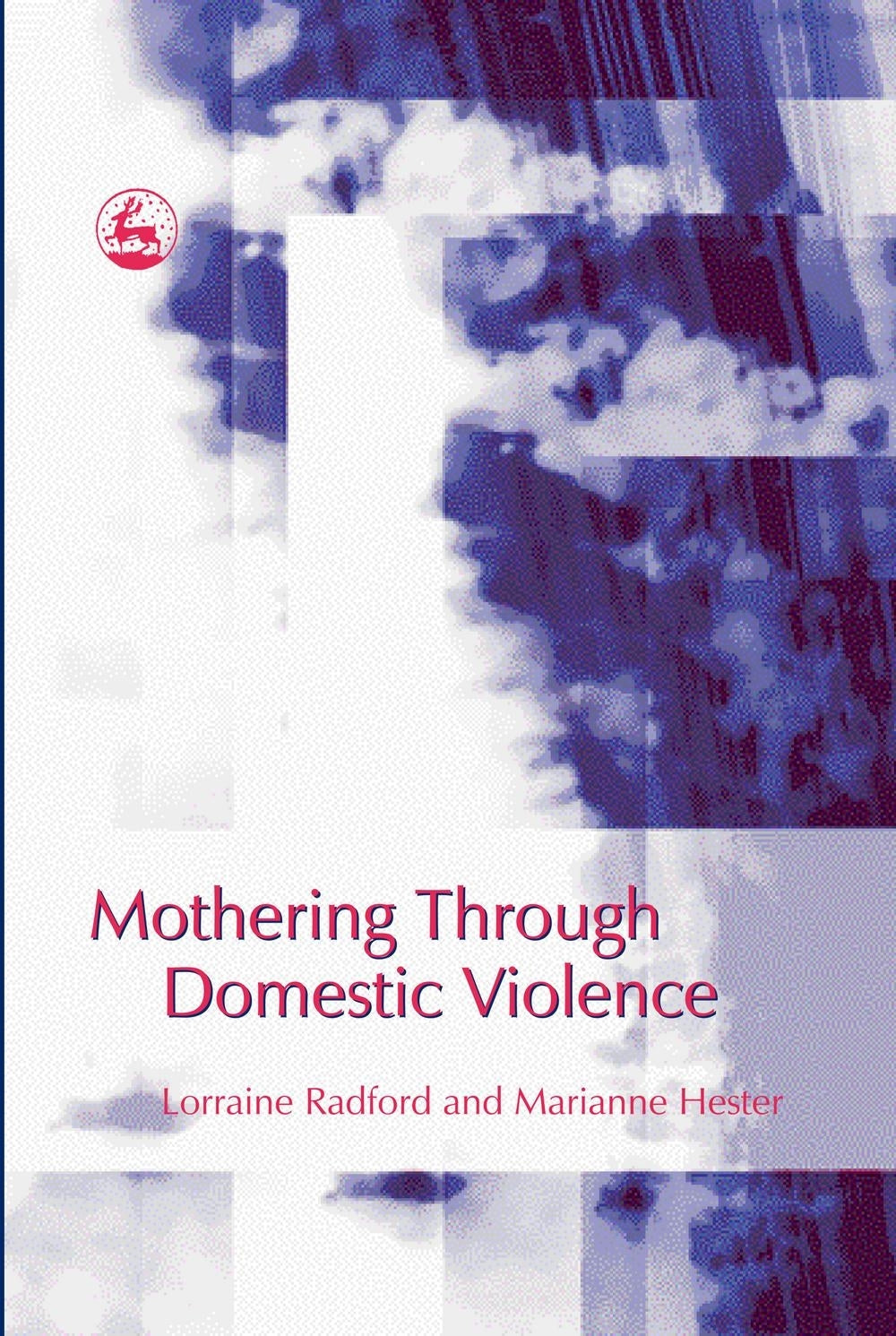
Press Reviews
ChildrenNow
Each chapter highlights a particular area of practice and draws on research to explore how practitioners can more accurately assess risk. Mothering Through Domestic Violence also explores the role and motivation of abusive partners, as well as bringing together research and practice evidence since 1980s and using findings from research by the authors. This book is essential reading for practitioners; it is accessible and supports its practice recommendations with research evidence and legislative knowledge.
American Psychological Association
In this slim volume, Radford and Hester successfully bring back into focus a number of important issues. They aptly highlight the need to avoid the "silo thinking" that so often works to artificially segregate domestic violence from other social problems such as child abuse and sexual assault. Likewise, they repeatedly remind readers that while the legal system is long on encouraging young mothers to leave abusive situations, it is woefully short on providing the resources and support necessary to sustain their independence. Similarly, they are determined to not let readers forget that postseperation violence remains a significant problem for both mothers and children... Radford and Hester are passionate, articulate champions for this population. These women will have a fighting chance if advocates as strong as these authors remain in the corner for future rounds.
Schi Tech Book News
Radford and Hester build upon their own decades of research to explain how undermining mothering in cases when the mother is the non-abusing partner locks women into abusive relationships and increases the damage done by domestic violence. They describe conditions in which battered women must mother, the persistent blaming of mothers for others' abuse of them, the link between domestic violence and maltreatment of children, the impact of domestic violence on children and their resilience, power and control in child visitation and contact, and mother-blaming in the courts. They offer insights on improving safety for women and children and providing positive support.
Children Now Magazine
This book is aimed at family law, child protection and welfare practitioners. It is particularly topical as domestic violence and its impact on children and young people is slowly increasing. Each chapter highlights a particular area of practice and draws on research to explore how practitioners can more accurately assess risk. Mothering through Domestic Violence also explores the role and motivation of abusive partners, as well as bringing together research and practice evidence since the 1980s and using findings from research by the authors. This book is essential reading for practitioners; it is accessible and supports its practice recommendations with research evidence and legislative knowledge.
Community Care
This book makes a good case for showing how current, professional responses to domestic violence serve to undermine mothers and blame them for their own victimisation... One of the simplest messages of the book is also the most important - it is essential for practitioners to always ask about the existence of domestic violence at the outset of any professional relationship, in order to engage victims directly. It is also incumbent upon us to do more to challenge violent men. For me the book excels when the authors consider post-separation contact with violent men and propose an assessment framework for the risks posed to children and mothers by this process... The book is well researched and cogently argued.
Professional Social Work
This volume is addition to a number of books from this publisher that consider domestic violence. Six studies in all are considered, centred on different aspects of domestic violence, child abuse and child contact with their (violent) fathers. It is very useful to have the findings of these studies provided collectively in one volume, together with an examination of the major themes from the studies and how these inter-relate. The structure of the book and its chapters mean the text is accessible and easy-to-read, while the use of quotations and case studies is helpful. The key message, that individual needs (of women and children) should form the basis of risk assessment and safety planning, is well covered. There is also welcome evidence of the factors that can assist in supporting mothers and their children, plus useful suggestions about how social workers and other practitioners might be able to provide useful assistance.
